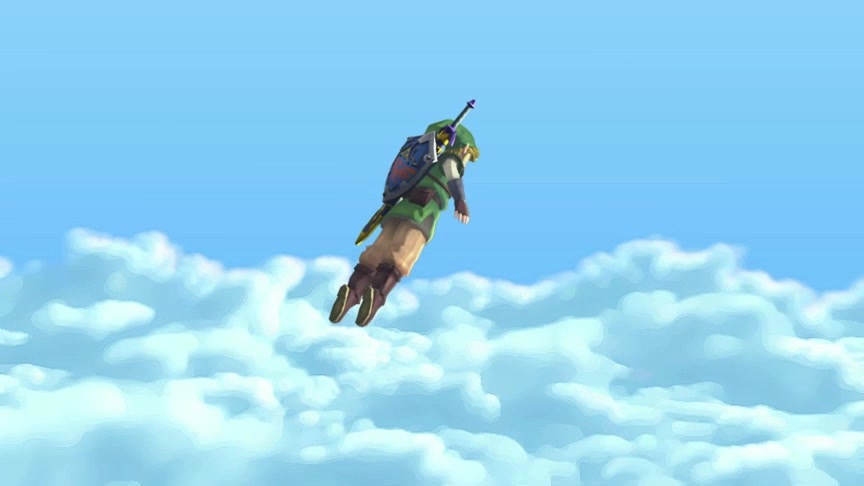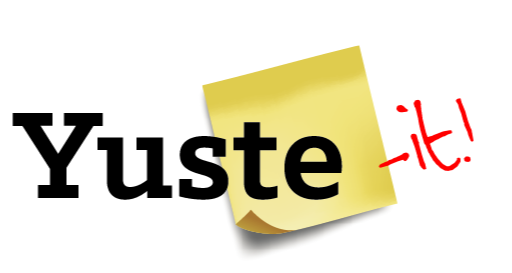
22 Mar 2012 Inhabiting the image for paratranslating videogames
El Grupo de Investigación Transmedia Catalonia y el Centre d’Accessibilitat i Intel·ligència Ambiental de Catalunya (CAIAC) organizan en la Universitat Autònoma de Barcelona del 22 al 23 de marzo de 2012 el Fun for All: II International Conference on Video Game and Virtual Worlds Translation and Accessibility. La organización ha aceptado tanto mi propuesta de participación, titulada Inhabiting the image for paratranslating videogames, como la de mi doctorando Ramón Méndez González, titulada Immaterial and material paratextuality on videogame’s translation. Nuevo desembarco en Barcelona del Grupo de Investigación de Referencia TI4 de la Universidade de Vigo Traducción & Paratraducción T&P.
Presentación del evento científico
In four decades the video game industry has become a worldwide phenomenon, generating millions in revenue every year. Video games are increasingly becoming more elaborate and sophisticated, with advanced graphics and intricate story lines, and developers and publishers need to reach the widest possible audience in order to maximise their return on investment. Translating games into other languages and designing games that can be played for a wide spectrum of players, regardless of their (dis)ability, are two obvious ways to contribute to increasing the audience for the game industry.
However, to date, both industry and academia have paid little attention to the emerging fields of game localization and accessibility, as well as accessibility to virtual worlds, also known as metaverses, and the role translation plays in them. Academic studies focusing on game localization and accessibility of games and virtual worlds are few and far between, despite the fact that further research in localization and accessibility is beneficial to all. The industry can benefit by reaching the broadest possible audience, while the audience can benefit from having improved access to games and virtual worlds. A more systematic and interdisciplinary approach bringing together academics from different disciplines with various research backgrounds and methodologies, such as translation studies, media studies, psychology, usability, engineering and computing, human rights, is required to promote further advances in these areas of study.
The successful I International Conference on Translation and Accessibility in Video Games and Virtual Worlds, held at the Universitat Autònoma de Barcelona in December 2010, became a meeting point for academic and professionals working in the game industry and the game localisation industry, as well as students interested in this field. The second edition of the conference, Fun for All: II International Conference on Translation and Accessibility in Video Games and Virtual Worlds, aims to continue fostering the interdisciplinary debate in these fields and contribute to the development of best practices.
Comunicación de José Yuste Frías
 Title: Inhabiting the image for paratranslating videogames
Title: Inhabiting the image for paratranslating videogames
Abstract: Digital technology has dramatically and definetely transformed the working conditions of translation, causing new audiovisual productions to appear on the screen, where the text, its merely verbal face, appears accompanied, surrounded, wrapped, prolongued, introduced and presented by a whole range of paratextual productions that feature a growing multimedia nature. The audiovisual and multimedia text is built with codes of signification other than linguistic: sounds, musics, melodies, gestures, together with the different realizations of the image (colourd, symbols, trademarks, signals, pictures, icons, pictograms, landscapes, plans, etc.) constitute paratextual elements that are as important as the purely linguistic units, or even more. Reading, interpreting and translating for dubbing depends largely on the degree of understanding of the net of meanings woven by textual elements on the one hand and all the paratextual elements on the other.
Just like any other kind of text, the audiovisual and multimedia text exists thanks to the paratexts by which it is accompanied, surrounded, wrapped, prolongued, introduced and presented on the screen and beyond. Translating for the screen should never be seen only as a purely interlinguistic process undergone by the text in order to be listened to (dubbing) or read (subtitling) on the screen, but also as a set of intersemiotic and multisemiotic processes that go implicit in the translation of the many paratexts that are seen and watched, listened to and heard, not just within the screen (peritexts) but beyond too (epitexts).
All images are open spaces that encourage us to step inside and get carried away with the feelings they bring about. The success of any videogame lies, in fact, in making the impression, always extraordinary, of being “inside the image”. Since we cannot avoid the invitation to inhabit the image implicit in any assignement of videogame translation, translators must be very conscious that the feeling of inhabiting the image is closely related to the possibilities of manipulating and transforming the image itself. These possibilities may vary depending on the paratranslating processes applied to the image during its multimedia translation.
Título: Habitar la imagen para-traducir videojuegos
Resumen: La tecnología digital ha transformado radical y definitivamente las condiciones laborables de la traducción originando nuevas producciones audiovisuales en pantalla donde el texto, lo puramente verbal, aparece acompañado, rodeado, envuelto, prolongado, introducido y presentado por toda una producción paratextual cada vez más multimedia. El texto audiovisual y multimedia se construye con ayuda de códigos de significación diferente de los puramente lingüísticos: sonidos, músicas, melodías, gestos, junto con las distintas realizaciones de la imagen (colores, símbolos, marcas, señales, fotografías, iconos, pictogramas, paisajes, planos, etc.) constituyen elementos paratextuales que resultan ser tan importantes o más que las unidades puramente lingüísticas. La lectura, interpretación y traducción para el doblaje o el subtitulado de toda producción audiovisual y multimedia depende del grado de comprensión de la red de sentido tejida entre los elementos textuales, por un lado, y todos los elementos paratextuales, por otro.
Como cualquier otro tipo de texto, el texto audiovisual y multimedia existe gracias a los paratextos que lo acompañan, lo rodean, lo envuelven, lo prolongan, lo introducen y lo presentan en pantalla y fuera de ella. Traducir para la pantalla nunca puede concebirse sólo y exclusivamente como un proceso puramente interlingüístico del texto que se va a escuchar (doblaje) o se va a leer (subtitulado) en pantalla, sino también como un conjunto de procesos intersemióticos y multisemióticos implícitos en la traducción de los múltiples paratextos que se ven y se miran, se oyen y se escuchan no sólo dentro de la pantalla (los peritextos) sino también fuera de ella (los epitextos).
Toda imagen es un espacio abierto que invita a entrar en ella para dejarse llevar por las sensaciones que procura. El éxito de cualquier videojuego reside, precisamente, en conseguir la impresión, siempre extraordinaria, de estar «dentro de la imagen». Al no poder ignorar la invitación a estar dentro de la imagen que supone todo encargo de traducción de videojuegos, el traductor debe ser consciente de que la sensación de habitar la imagen está íntimamente relacionada con las posibilidades de manipulación y transformación de la imagen que podrá hacer el usuario final según los procesos de paratraducción que de la imagen se hayan realizado durante el encargo de traducción multimedia.
Comunicación de Ramón Méndez González
 Title: Immaterial and material paratextuality on videogame’s translation
Title: Immaterial and material paratextuality on videogame’s translation
Abstract: In this paper we will talk about two examples in which the cultural aspects of videogames go beyond textuality and become part of the paratextual space, implying the localization of text and paratext at the same time. We will analyze two kinds of paratextuality: firstly, the immaterial paratextuality of the appearance of videogames on screen in pop culture elements (such as TV series or movies), and how the lack of recognition of the reference ended up in its inappropriate translation. Secondly, the material paratextuality will be introduced with a brief study of the controllers that are part of every entertainment system (real material peritexts), in order to analyze how they are localized to different cultures, depending on the symbologies of the shapes and colours used in every culture.
Título: Paratextualidad inmaterial y material en la traducción de videojuegos
Resumen: En esta propuesta de comunicación se muestran dos casos en los que los aspectos culturales de los videojuegos trascienden la mera textualidad para funcionar en espacios paratextuales cuya localización implica trabajar constantemente texto y paratexto a la vez. Se analizarán dos tipos de paratextualidad: por un lado, la paratextualidad inmaterial de las apariciones en pantalla de elementos de la cultura pop (como series de televisión o cine) en varios videojuegos y cómo su desconocimiento provocó una traducción errónea de la misma; por otra parte, la paratextualidad material se presentará con un breve estudio de los mandos de las distintas plataformas de ocio electrónico (auténticos peritextos materiales) para comprobar cómo son adaptados a las diferentes culturas receptoras según las distintas simbologías de las formas y los colores empleados por cada cultura.




NADIE HA COMENTADO AUN.